Mamallapuram, or Mahabalipuram, is well-known for its intricately carved temples and rock-cut caves. It is a historically significant and highly popular tourist destination, sitting along the Bay of Bengal. It is said that Mahabalipuram was once the abode of the demon king, Mahabali, which is why it was renamed as Mamallapuram. The city boasts of a serene and alluring ambience and beautiful beaches dotted with casuarina trees.
Mahabalipuram is home to some of the most famous landmarks in India, and whether you are a history buff or not, Mahabalipuram is a place that you simply must visit whenever you travel to the South of India.
Mahabalipuram is known for housing a UNESCO World Heritage Site, which includes a number of 7th and 8th-century Hindu monuments that were created during the reign of the Pallava dynasty. Apart from this, there are many other amazing attractions that you can add to your itinerary for a memorable trip.
Best Places to Visit in Mahabalipuram
Here are the top Mahabalipuram places to see that you can consider visiting:
- Shore Temple
- Pancha Rathas (Five Rathas)
- Arjuna’s Penance (Descent of the Ganges_
- Krishna’s Butter Ball
- Mahishasuramardini Cave Temple
- Mahabalipuram Lighthouse and Olakkannesvara Temple
- Mahabalipuram Beach
- Tiger Caves
- DakshinaChitra Museum
- Crocodile Bank
Shore Temple
One of the top places to visit in Mahabalipuram, the Shore Temple was built during the 7th century and is one of the Indian temples constructed in the Dravidian style. The Shore Temple showcases the royal taste of the Pallava dynasty.
Why It Is Unmissable: An iconic Mahabalipuram landmark, the Shore Temple, overlooking the Bay of Bengal, is listed as a World Heritage Site by UNESCO.
Interesting Fact: The temple is said to be a part of the Seven Pagodas in Mahabalipuram, which is an old Hindu legend.
Architecture: The first stone structure constructed by the Pallavas. The temple has a rock-cut structure and comprises of five storeys.
Highlight: Sunrise view over the sea with the temple silhouette is perfect for taking unforgettable photographs.
Timings: 6:00 am to 6:00 pm.
Entry: INR 10 for Indians, INR 340 for Foreigners, Free for Children Below 15 Years of Age, Free Photography, and INR 25 for Videography.
Pancha Rathas (Five Rathas)
Visiting the Pancha Rathas, or Five Rathas, should definitely be on your list of things to do in Mahabalipuram. Among the best things to see in Mahabalipuram, this exemplary set of rock temples is an excellent example of the evolution of the Dravidian style of architecture.
Why It Is Unmissable: Five monolithic temples, each carved from a single stone, showcase the Pallava dynasty’s architectural brilliance. Each structure represents different Dravidian architectural styles.
Highlight: The Arjuna Ratha, designed with a portico and pillar stones, is dedicated to Lord Shiva, and the Draupadi Ratha, shaped like a hut, is dedicated to Goddess Durga.
Timings: 6:00 am to 6:00 pm.
Entry: INR 40 for Indians, INR 600 for Foreigners, and Free for Children Under 15 Years of Age.
Arjuna’s Penance (Descent of the Ganges)
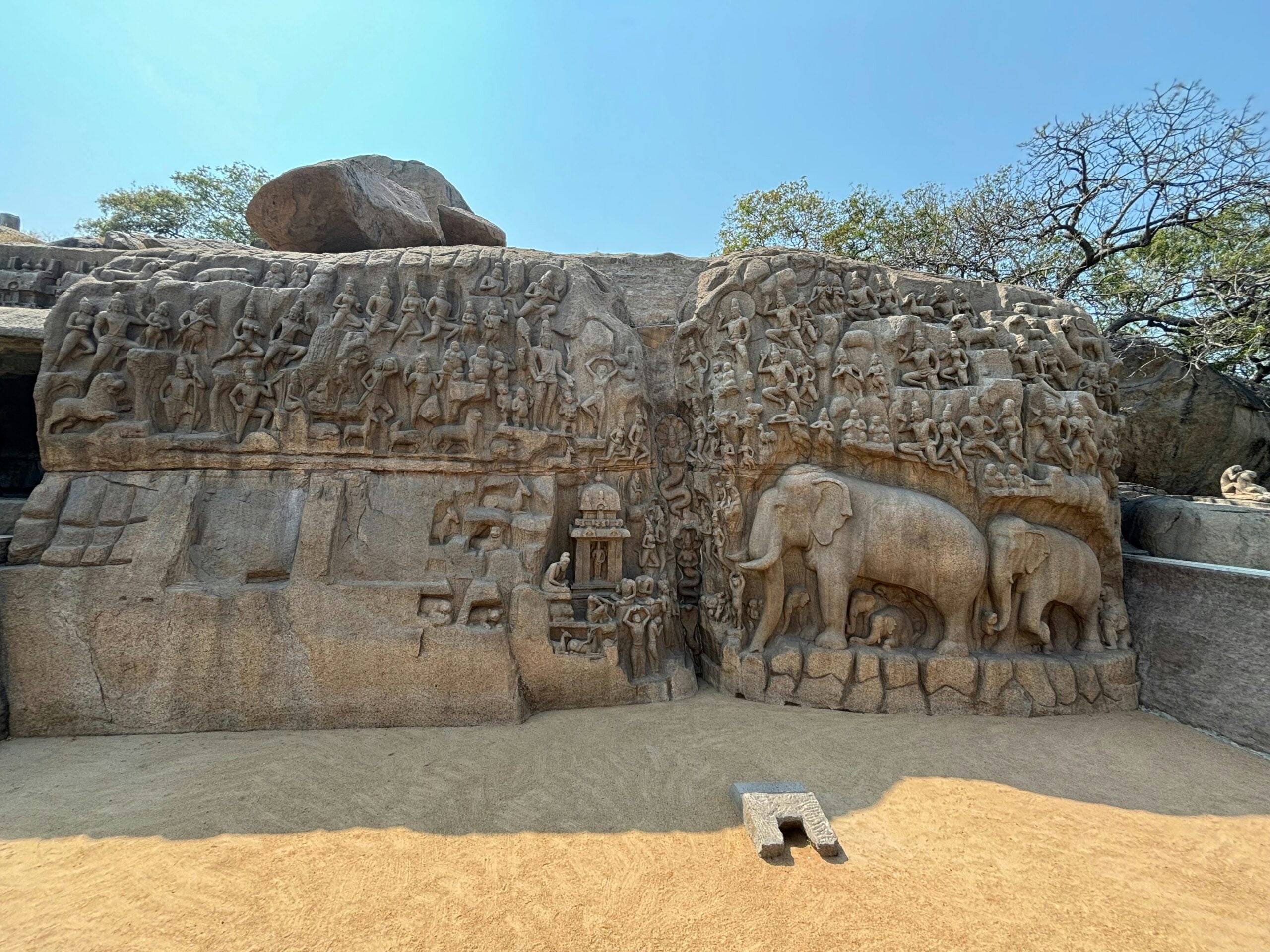
One of the best places to visit in Mahabalipuram with the family, Arjuna’s Penance, also known as the Descent of the Ganges, is an open-air rock relief that is counted as one of the largest stone carvings in the world. The attraction illustrates tales from Hindu mythology, with mesmerising detailing of animals, deities, and celestial beings.
Why It Is Unmissable: This is one of the largest open-air reliefs in the world, and it depicts stories from Hindu mythology.
Highlight: The intricate carvings of gods, animals, and celestial beings, which are a marvel of Pallava artistry.
Historical Fact: These rock sculptures are among the earliest that mark the shift from Buddhism to Hinduism, when the Pallavas took over the Deccan from the Satavahanas.
Architecture: Arjuna’s Penance bas-relief has been carved on a massive rock structure that runs for around 30 metres and stands at a height of 15 metres. The intricately detailed sculptures are done on a pinkish grey rock face, divided by a vast cleft in the middle, which implies the flow of the holy River Ganges.
Timings: 6:00 am to 6:00 pm.
Entry: INR 10 for Indians, INR 250 for Foreigners, Free for Children Up to the Age of 15 Years, Free Photography, and INR 25 for Videography.
Krishna’s Butter Ball

Krishna’s Butter Ball is a unique geological wonder and one of the top places to visit in Mahabalipuram. It is connected to a local myth about Lord Krishna and has a lot of historical significance.
Why It Is Unmissable: Krishna’s Butter Ball is a massive boulder that appears to defy gravity as it perches precariously on a slope, as it has for centuries.
Highlight: One of the most popular things to do in Mahabalipuram is taking photos at this attraction of people pretending to hold or push the rock.
Mythological Significance: The boulder is believed to be a dollop of butter dropped by the playful Lord Krishna and is seen as a symbol of his playful spirit and the balance between the mortal and immortal realms.
The Name of the Rock: The rock's name is Vaanirai Kal, which translates to the "Stone of the Sky God".
Timings: 6:00 am to 6:00 pm.
Entry: Free.
Mahishasuramardini Cave Temple
Another one of the greatest places to visit in Mahabalipuram is the Mahishasuramardini Cave Temple, which sits atop a hill. The 7th-century rock-cut temple has been carved into a granite hill and overlooks the sea.
Why It Is Unmissable: The temple is known for its relief sculptures, which, along with its clifftop location, make the temple both spiritually and visually striking. The temple is also a UNESCO World Heritage Site.
What to Expect: The temple showcases Goddess Durga slaying the demon, Mahishasura. Another significant relief depicts Lord Vishnu reclining on Adisesha.
Architecture: The temple has been expertly carved from a single boulder and is a prime example of the rock-cut architecture of the Pallava dynasty.
Highlight: Witness the dynamism and grace that have been captured in stone.
Timings: 6:00 am to 6:00 pm.
Entry Fee: INR 30 for Indians, INR 500 for Foreigners, Free for still photography, and INR 25 for Videography.
Lighthouse & Olakkannesvara Temple
One of the fun things to do in Mahabalipuram is to climb up to the old and new lighthouses to visit the Olakkannesvara Temple and enjoy some amazing views. The 8th-century rock-cut temple is dedicated to Lord Shiva and used to serve as a navigational aid.
What It Is: This is a UNESCO World Heritage Site, located near the modern lighthouse that was commissioned on the temple’s roof in 1887. Together, the lighthouse and temple symbolise the continuity of Mahabalipuram from the Pallavas to the modern era.
Why It Is Unmissable: The site brings together natural beauty and history. The 7th-century Olakkannesvara Temple crowns a rocky hill, while the 19th-century lighthouse offers sweeping views.
Highlight: The hillock offers panoramic views of the coastline as well as the scattered ancient ruins below. With the breeze and view, the sunset from here is easily one of the best things to see in Mahabalipuram.
Timings: Lighthouse – 10:00 am to 1:00 pm and 2:00 pm to 5:30 pm. Temple – 6:00 am to 6:00 pm.
Entry for the Lighthouse: INR 10 for Indians, INR 5 for Children, INR 25 for Foreigners, and INR 20 for a Camera.
Entry for the Olakkannesvara Temple: Free, as the temple is part of the larger Mahabalipuram UNESCO World Heritage Site.
Tiger Cave
One of the top attractions near Mahabalipuram, the Tiger Cave is an 8th-century rock-cut shrine that features carvings of tiger heads and a small temple. The site is believed to once have been a royal retreat. Tiger Cave is located at a distance of about 5 km from Mahabalipuram, near Saluvankuppam.
Why It Is Unmissable: Witness ancient Pallava rock-cut architecture, with intricate carvings and sculptures. The historic, cultural spot is also a picturesque destination for a picnic.
Why It Is Unique: The serene Pallava-era rock-cut shrine was likely used for royal gatherings or rituals. Surrounded by casuarina groves, it is a tranquil escape from the main tourist circuit.
Highlight: The intricate tiger-face carvings on the cave façade and the peaceful setting make this place ideal for picnics or quiet reflection. Tiger Cave is also part of the larger group of places to visit in and around Mahabalipuram, recognised by UNESCO.
Timings: 6:00 am to 6:00 pm.
Entry: INR 25 for Indians, INR 300 for Foreigners, and Free for Children Under 12 Years of Age.
DakshinaChitra Heritage Museum
Another of the great attractions near Mahabalipuram, located 25 km north on the East Coast Road towards Chennai, the DakshinaChitra Museum is an open-air heritage museum that recreates the traditional homes, cultures, and crafts of South India.
Why It Is Unmissable: This should be on your list of attractions near Mahabalipuram to visit, so you can watch artisans at work, explore recreated houses of Tamil Nadu and Kerala, and enjoy local art performances.
Why It Is Unique: The open-air heritage museum offers a living experience of architecture, art, and everyday culture through workshops and exhibitions.
Highlight: Walk through authentically rebuilt Tamil, Kerala, and Andhra Pradesh homes, and watch artisans demonstrate weaving, pottery, and other regional crafts.
Timings: 10:00 am to 6:00 pm.
Entry: INR 100 to 120 for Indians, INR 250 for Foreigners, INR 50 for Indian Students (13 to 18 Years of Age), and INR 70 for Foreign Students.
Crocodile Bank
Another one of the best things to do near Mahabalipuram is visiting Crocodile Bank, which is a conservation centre located at a distance of about 14 km from the city. This is one of the best places to visit in Mahabalipuram with the family for an educational experience as well.
Why It Is Unmissable: It houses hundreds of crocodiles, alligators, and turtles, and makes for a great experience for families and wildlife lovers.
History: The conservation centre was established by renowned herpetologist, Romulus Whitaker, in 1976. The centre plays an important role in research and breeding programmes.
Highlight: Watch feeding sessions and see rare species, like the gharial, up close. The centre offers a rare chance to learn about India’s reptilian biodiversity in a safe, educational setting.
Timings: Tuesday to Sunday, 9:00 am to 5:00 pm (Closed on Mondays).
Entry: INR 100 for Adults and INR 50 for Children Below the Age of 10 Years.
Mahabalipuram Beach
Mahabalipuram Beach is located on the shore of the Bay of Bengal and is covered with golden sand all along its stretch. One of the best places to visit, Mahabalipuram Beach stretches for around 30 km, and you can explore the many lovely beaches it houses along the coastline.
Why It Is Unmissable: This is the best place for adventure activities in Mahabalipuram, like surfing. The beach also has numerous caves, chariots, massive rathas, temples, a school of art and sculpture, and a snake venom extracting centre.
Weather Throughout the Year: May and June see hot and humid weather, with temperatures reaching 38 degrees Celsius, while September to December tend to experience mild to heavy rains. November to February is generally considered to be the best time to enjoy the beach, when the climate is dry and cool.
Timings: The beach can be accessed at any time. Regardless of whether you visit during the day or the night, you are sure to have an enjoyable experience.
Other amazing places to visit in and around Mahabalipuram include the India Seashell Museum, Krishna Cave Temple, Varaha Cave Temple, Ganesh Ratha Temple, Sri Sthala Sayana Perumal Temple, Trimurti Cave, Sculpture Museum, Alamparai Fort, Sadras, and much more. Make sure you include all the best things to do in Mahabalipuram in your itinerary when you are booking your Mahabalipuram tour packages.
FAQs
Q1: What’s a quiet alternative to the busy Shore Temple shoreline?
Just beyond the main monuments lies the peaceful backwaters of Mudaliarkuppam Backwaters, where visitors can kayak or canoe amid herons, storks and lush greenery. It’s rarely crowded and offers a completely different pace compared to the beach-front hustle.
Q2: How can one experience rural life near Mahabalipuram rather than just monuments?
Head out to the Kadambadi Village where you will find traditional Tamil village homes, local craft workshops and fields, rather than just tourist stalls. Cycling through this area gives you a feel for everyday life away from the monuments.
Q3: Is there a lesser-visited, intriguing historical cave worth exploring?
Yes, the Tiger Cave (also called Yali Mandabam), a few kilometres north of town, features tiger-head carvings on its façade and sits in a forested, peaceful setting. It’s ideal for a quiet half-day trip away from the crowds.
Q4: What can you do if you’re not just into temple-sightseeing but want something unusual?
Visit the India Seashell Museum on Kalpakkam Road, which houses thousands of shell varieties and a marine-life theme. It offers a quirky change of pace from rock-cut temples and beach views.
Q5: What is an unexpected way to explore the town that mixes rhythm, nature and heritage?
Try a guided cycling or scooter tour around the monuments, village lanes and coast at dawn when light is soft and the town is quiet. It transforms the visit from passive sightseeing into an immersive rhythm of discovery.










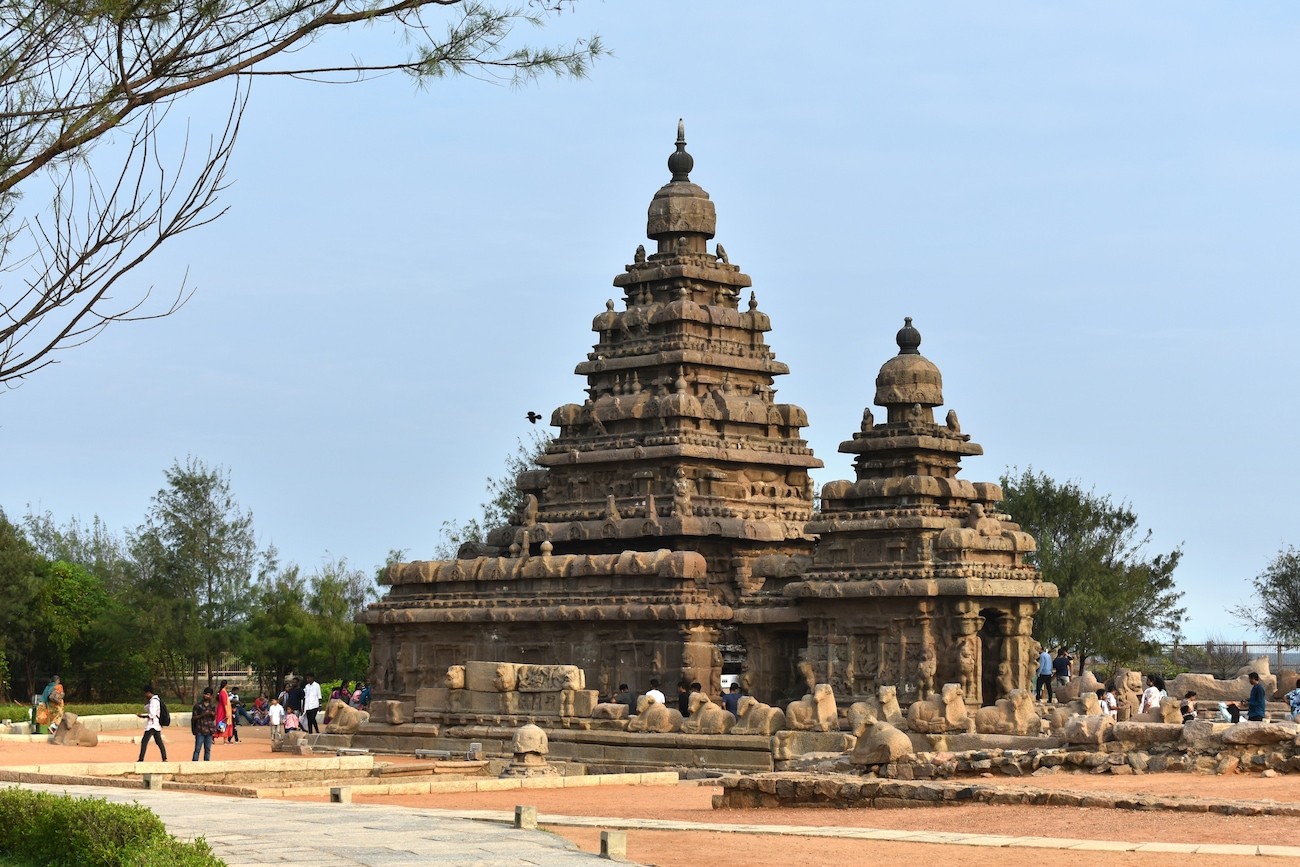
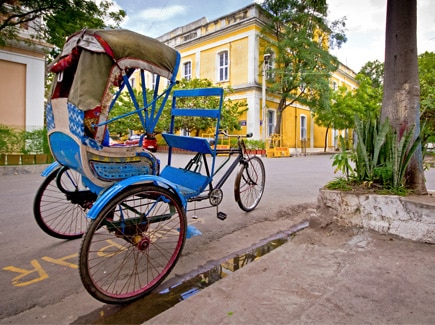
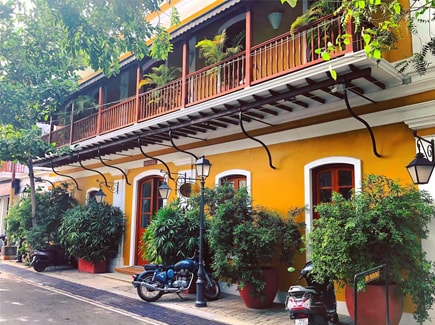
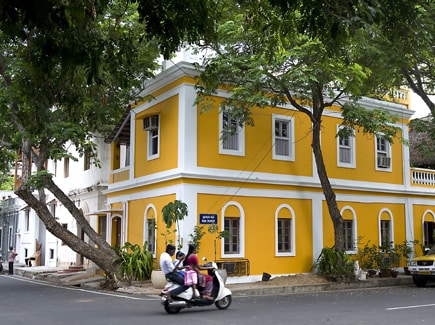
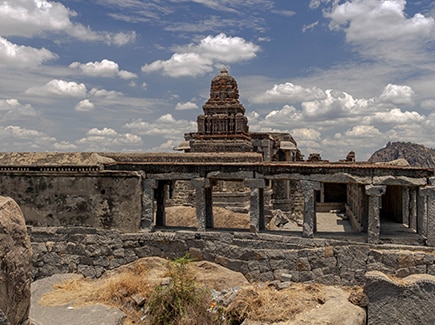
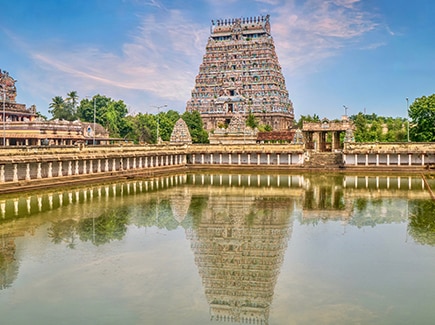




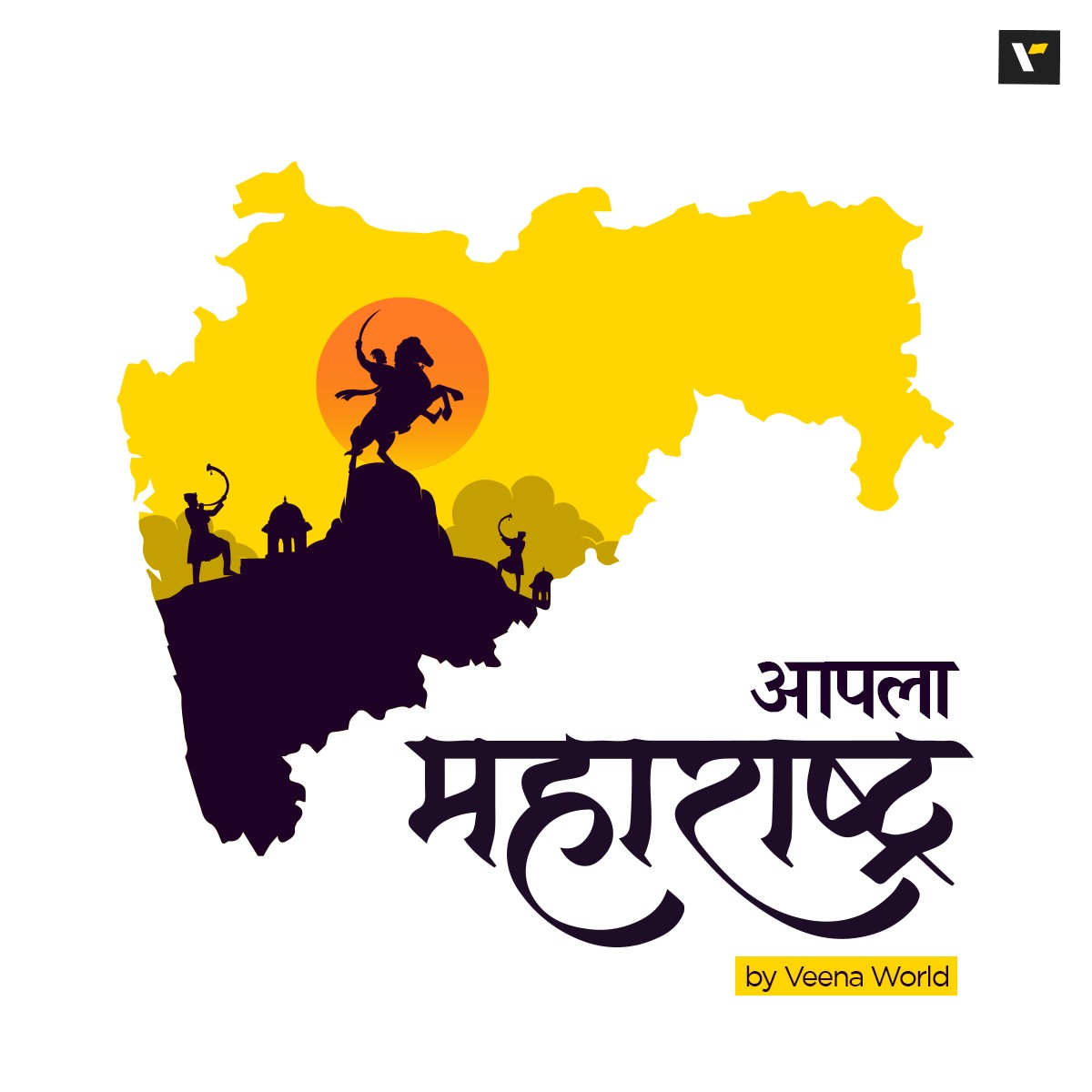








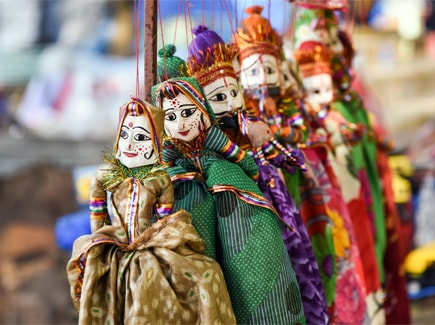
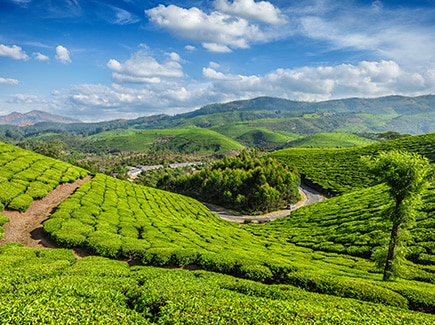

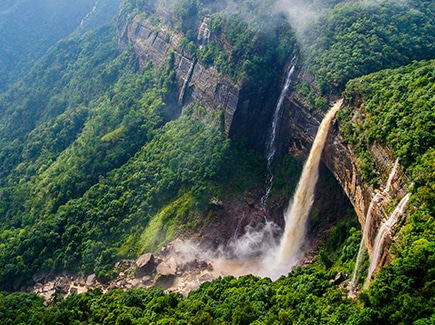

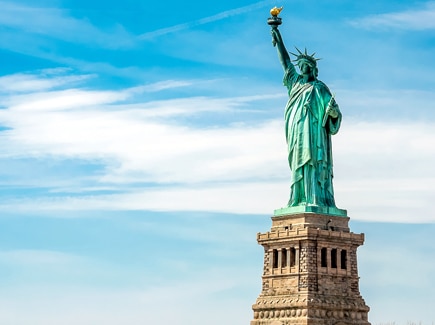
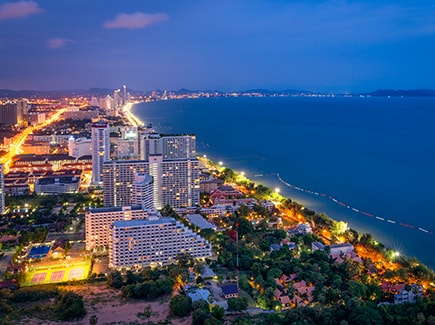
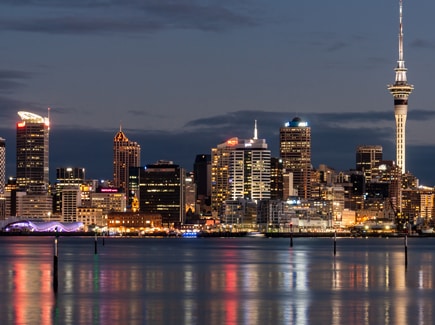






















Post your Comment
Please let us know your thoughts on this story by leaving a comment.